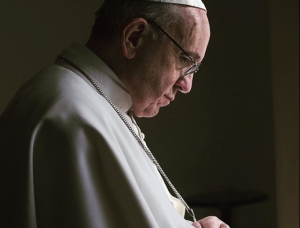Father Raymond J. de Souza: Francis’ Fifth: A Pontificate of Footnotes

Msgr. Charles Pope: The Seven Deadly Sins: Anger
February 28, 2018
The Pope and the Vatican’s Top Power Broker
February 28, 2018
Copyright © 2018 EWTN News, Inc. All rights reserved.
http://www.ncregister.com/daily-news/francis-fifth-a-pontificate-of-footnotes




